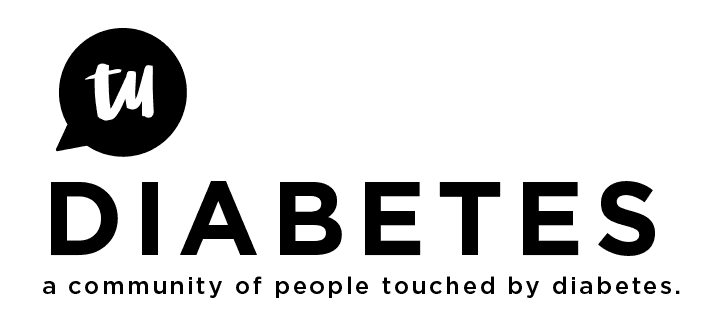What should one target as their standard deviation when using CGM? My standard deviation is 37 with an average glucose of 118. I know a lot of things are YDMV, but wondered if there is a recommended target.
Standard deviation (SD) and average BG (blood glucose) can together give you a sense whether you stay within a safe range for most of the time. Using your numbers, your BG spends over 2/3 of the time between 81 mg/dl (118-37) and 155 mg/dl (118+37), a respectable range.
If you can lower your SD to 30 mg/dl then you have room to lower your average without exposing yourself to increasing and unacceptable hypoglycemia. If you enjoyed a SD of 30 and an average of 100 then over 2/3 of your numbers would fall within 70 (100-30) and 130 mg/dl (100+30), a pretty nice range.
I targeted and was able to meet the 30 mg/dl SD for many months but currently struggle to get my SD under 40 mg/dl. At the time my average was in the 100-105 mg/dl.
By the way, I’ve never seen a published recommended target. Most doctors and other diabetes professionals are so hypo-phobic that they often encourage high averages (> 120 mg/dl). They’re assuming that the typical high standard deviation (> 50 mg/dl) diabetic requires a high average to be safe.
These simple rules (68% within 1 SD and 95% within 2 SD) assume that the data are normally distributed around the mean. This is unlikely to be the case for BG numbers which are most likely to be positively skewed (i.e. the bell-curve is going to be stretched out in the direction of the higher numbers. TBH, the only way of accurately determining time in range is to use CGM.
Lower variability is clearly desirable but I don’t believe you can use SD to predict a “safe range” with any precision.
Joel
I understand that for standard deviation to be precise as a measure of variability requires symetrical data distribution. But I know that I feel better when my CGM SD is 30 mg/dl rather than 50 mg/dl. I find this loss of precision to not materially degrade its usefulness. Diabetes tech is a whole pile of imprecision and inaccuracy. But I find it good enough.
I agree that the much larger data sets that a CGM provides makes time in range useful. I consider CGM time in range to be the most useful single statistic as it bundles in all other important measures. With a high percentage of time in range (say 80%+) you experience fewer lows, fewer highs, lower variability and a good average.
In Practical CGM Improving Patient Outcomes through Continuous Glucose Monitoring, Gary Scheiner indicates that a desirable SD to aim for is <33% of the target average BG.
(Somewhere, I recall seeing 25%, bit that could well be difficult for many people. Couldn’t find that reference.)
And certainly, the larger data set of a CGM makes this value much more useful.
I find this advice a reasonable rule of thumb. The idea starts with the actual average BG and then it calculates an acceptable SD. As an example, if average BG is 120 mg/dl then Gary’s formula yields 40 mg/dl as the acceptable SD. That leads to a range of 80-160 mg/dl (120-40 & 120+40), not a bad goal.
My average BG target is 105 mg/dl. Using Gary Scheiner’s formula, then he would recommend a standard deviation of 35 mg/dl and a range of 70-140 mg/dl. I shoot for a SD of 30 mg/dl, not far from his general recommendation. Another way to tweak his recommendation is to select the blood sugar threshold where you start to experience hypo-symptoms. Through plenty of observation I’ve found I become hypo-symptomatic at 65 mg/dl. In an ideal world I could shoot for an average of 95 mg/dl and with a 30 mg/dl SD, I could live in a range of 65-125 mg/dl.
As we all know, there is the ideal and then there’s the real. I’ve been able to secure an average BG of 95 mg/dl and a SD pf 30 mg/dl for only short periods. So I’ve backed off on my goals so that they are within reach with some reasonable effort. I know @Thas that you’re able to reach targets that I can not dependably secure. But that just goes with the individuality of each of us and our diabetes
I read somewhere that healthy, non-diabetic individuals SD is around 15%! But that diabetics should shoot for 30% or under.
I think you’re right. A gluco-normal person has a SD of about 15 mg/dl. If we can get to 30 mg/dl or under, we are doing pretty well.
